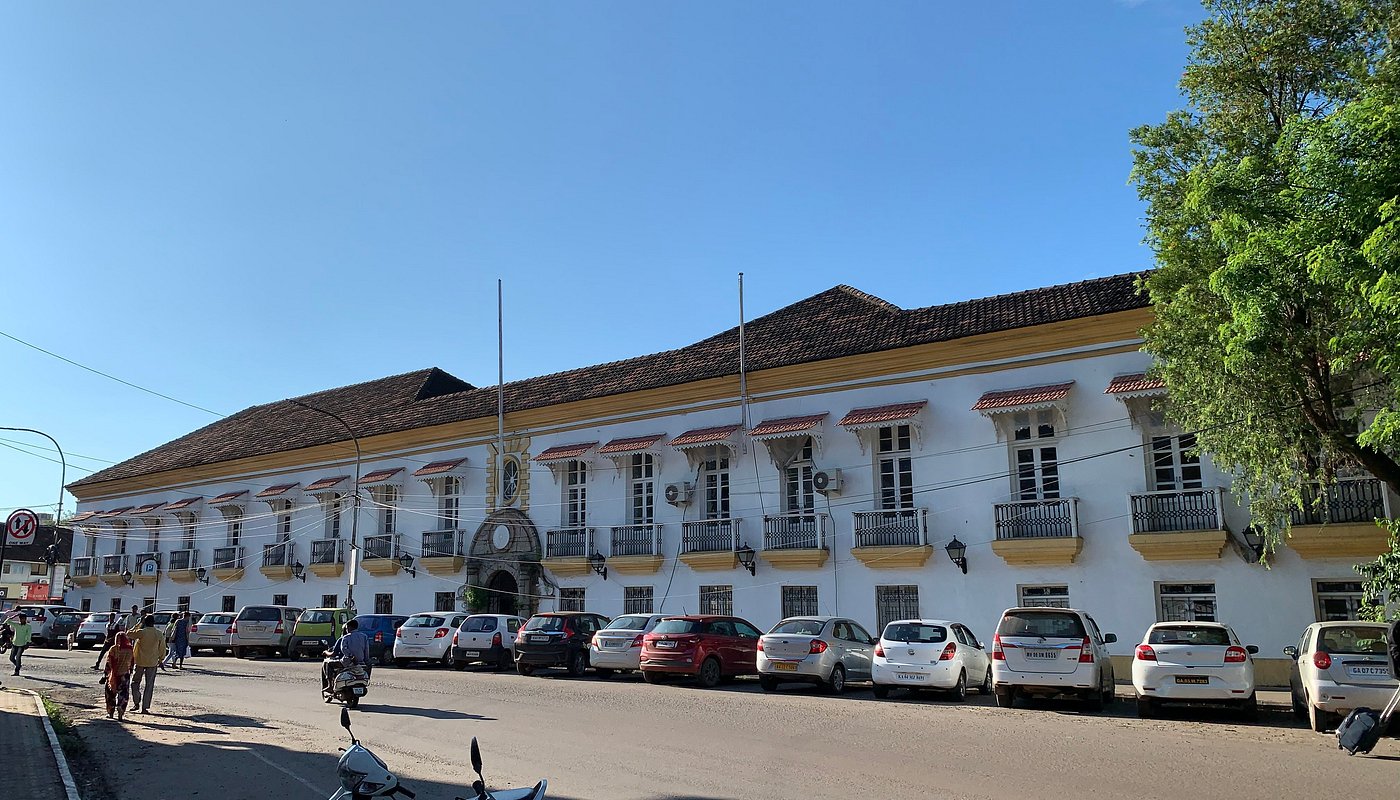
Secretariat Building
The Administrative Heart of Goa
The Secretariat Building stands as one of Panaji's most significant architectural landmarks, representing over 400 years of administrative history. Originally built as the palace of Adil Shah, the ruler of Bijapur, it was later transformed by the Portuguese into the Viceregal Palace and now serves as the seat of the Goa government.
This magnificent structure showcases a unique blend of Islamic, Portuguese, and local architectural influences, making it a testament to Goa's multicultural heritage. The building's strategic location on the banks of the Mandovi River has made it a symbol of power and governance for centuries.
The Secretariat Building exemplifies Indo-Portuguese architecture with its distinctive features including arched windows, red-tiled roofs, and ornate balconies. The structure combines Islamic architectural elements from its original construction with Portuguese colonial modifications.
Key Features
- • Laterite stone construction
- • Arched corridors and verandas
- • Traditional red-tiled roofing
- • Ornate wooden balconies
Architectural Style
- • Indo-Portuguese fusion
- • Islamic foundational elements
- • Colonial adaptations
- • Local Goan influences
Adil Shahi Palace
Originally constructed as the palace of Yusuf Adil Shah, ruler of the Bijapur Sultanate, serving as the administrative center of the region.
Portuguese Conquest
After Afonso de Albuquerque's conquest of Goa, the palace was converted into the residence and administrative headquarters of Portuguese viceroys.
Capital Transfer
When the Portuguese capital moved from Old Goa to Panaji, the building became the official seat of colonial administration.
Liberation & Modern Era
Following Goa's liberation from Portuguese rule, the building was transformed into the Secretariat, housing the state government offices.
The Secretariat Building represents the continuity of governance and administration in Goa across different eras. It stands as a symbol of the region's complex history, having served rulers from three different periods - the Adil Shahi dynasty, Portuguese colonial administration, and modern Indian governance.
Today, the building continues to play a vital role in Goan politics and administration, while also serving as an important tourist attraction that tells the story of Goa's political evolution and architectural heritage.